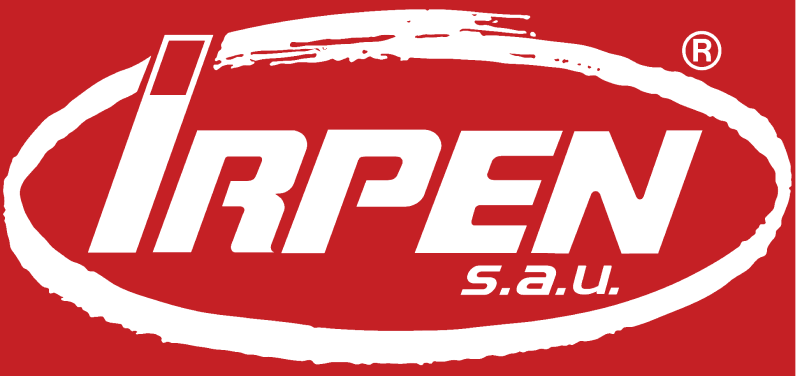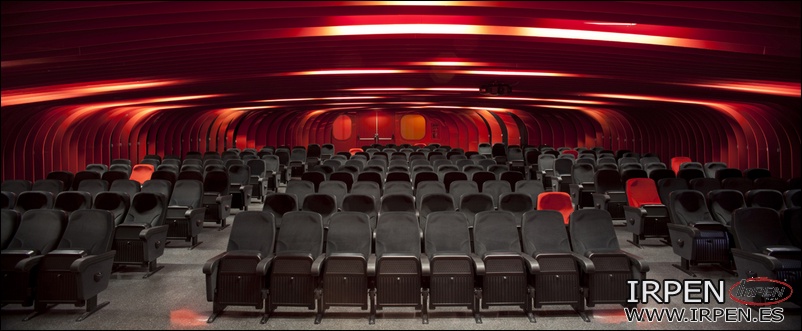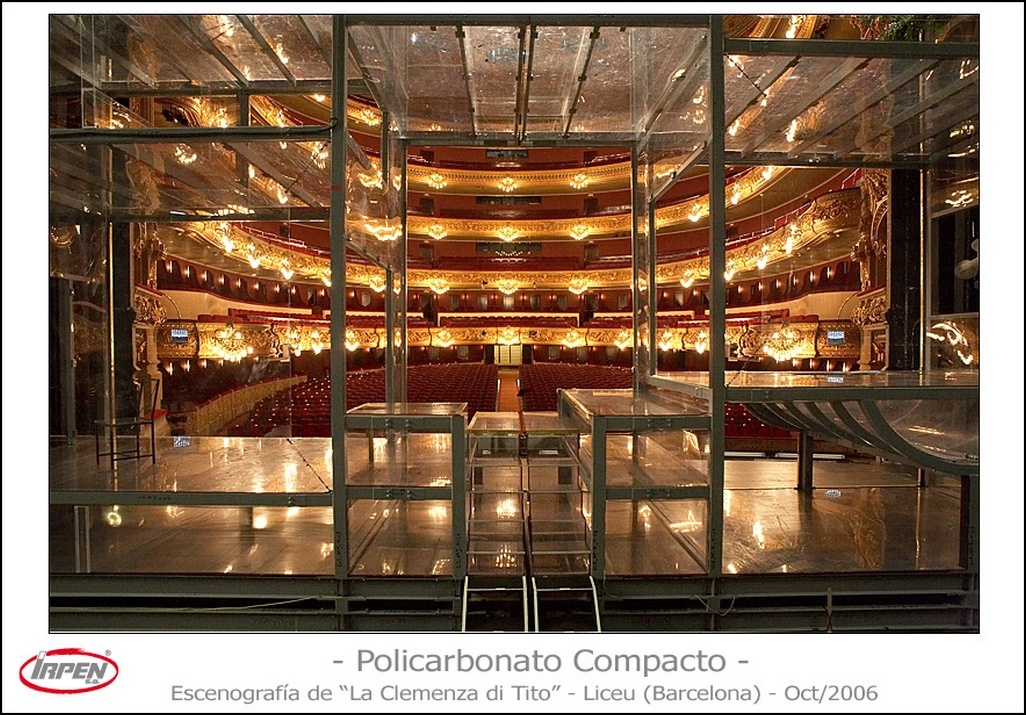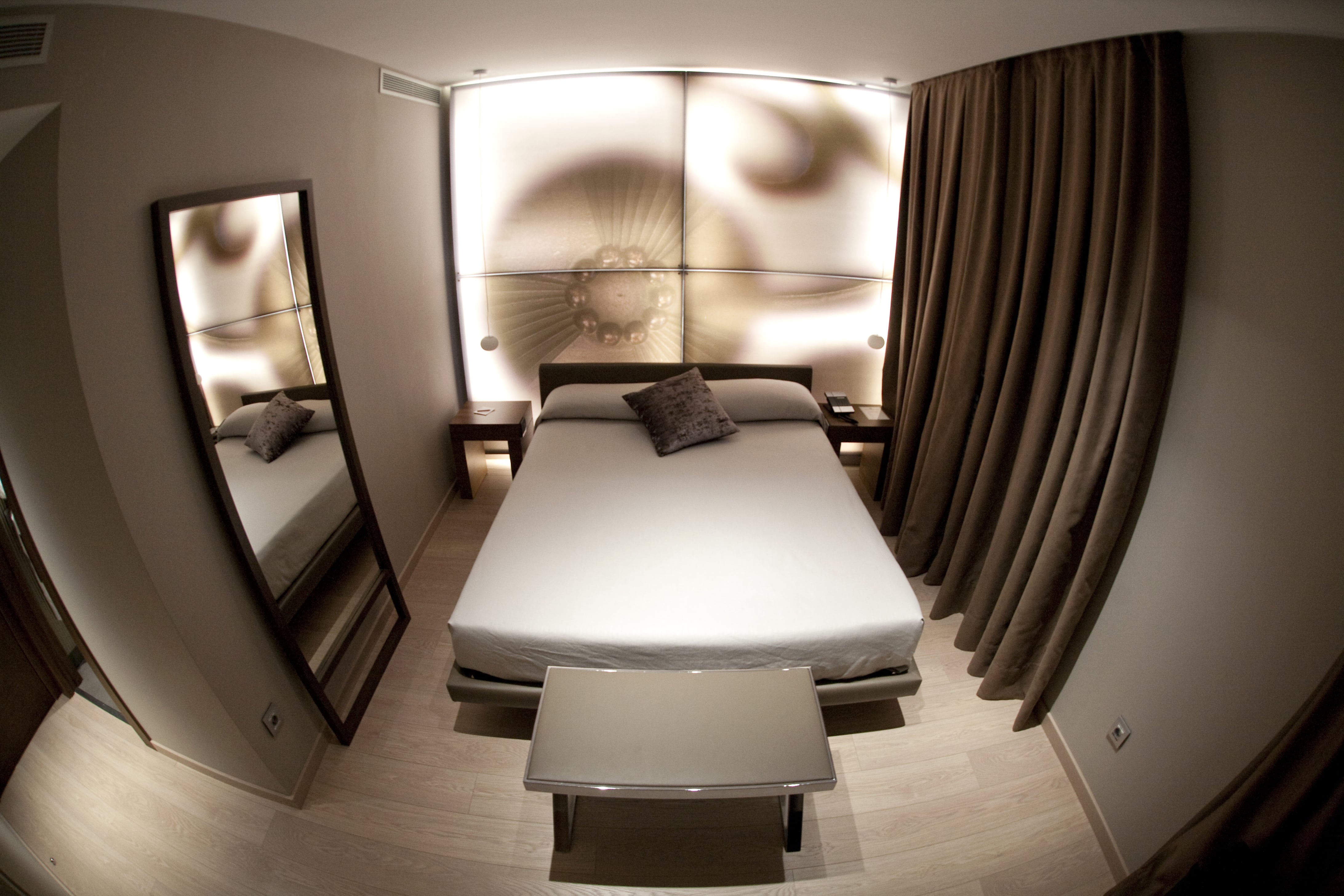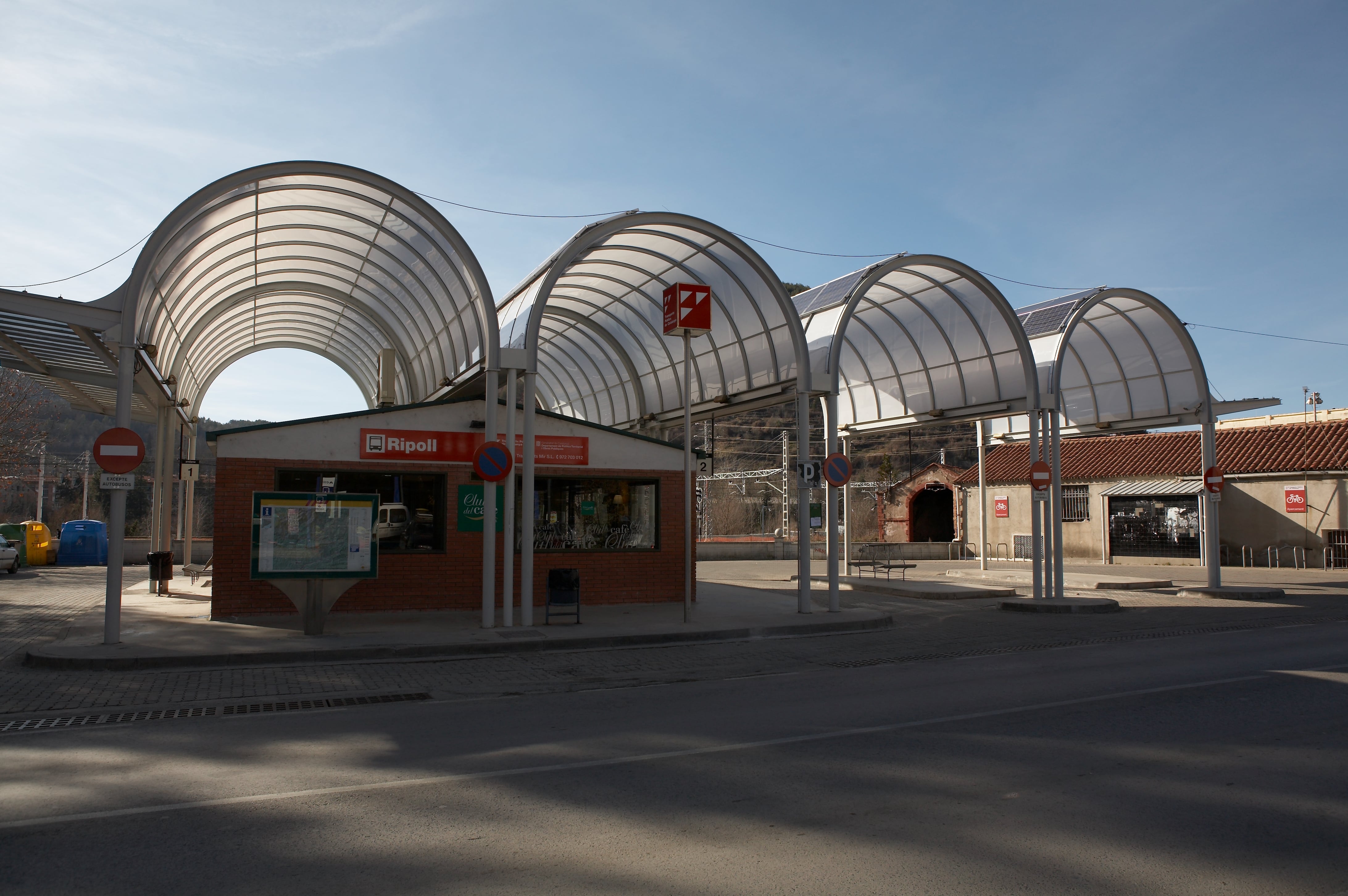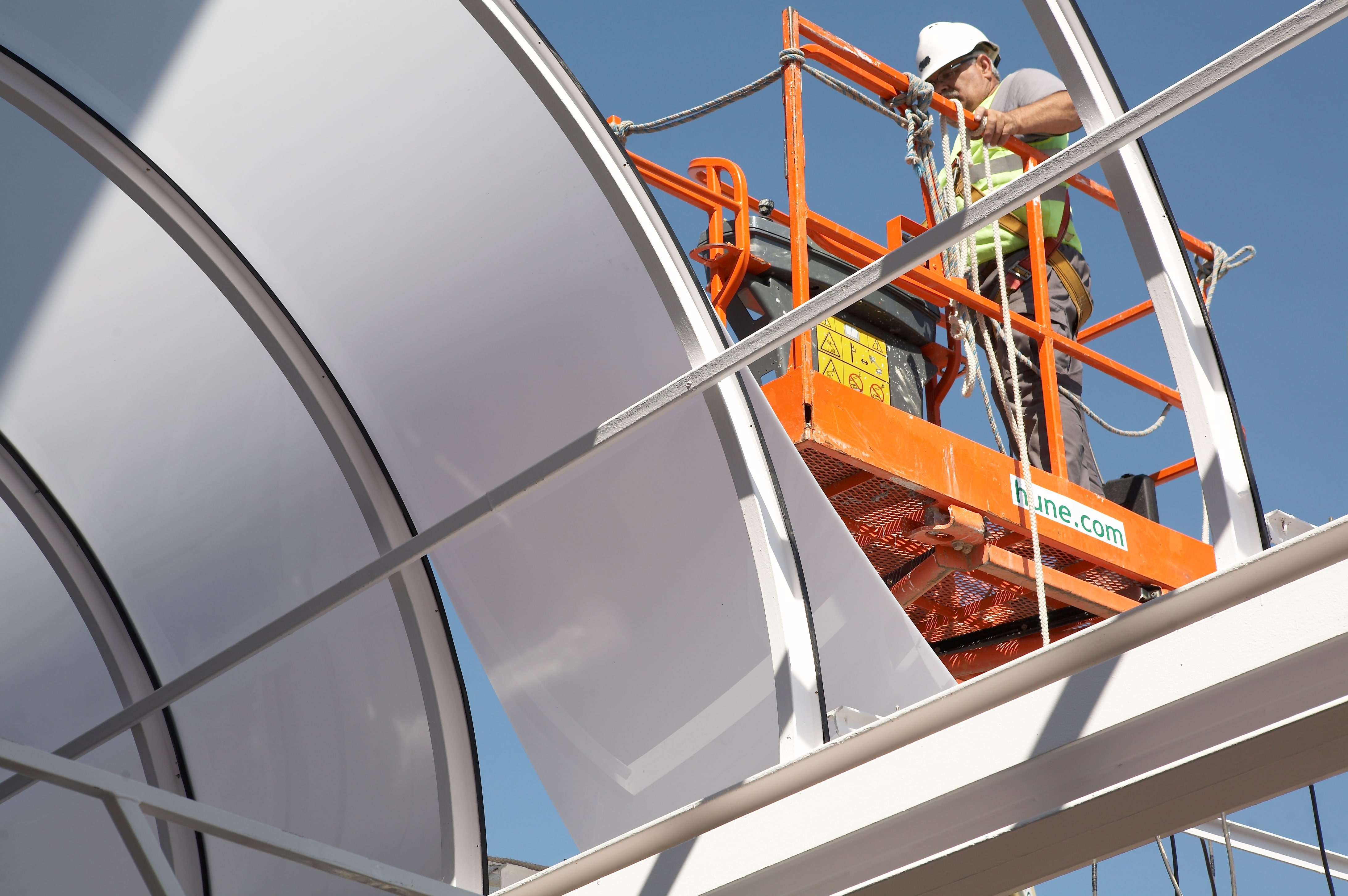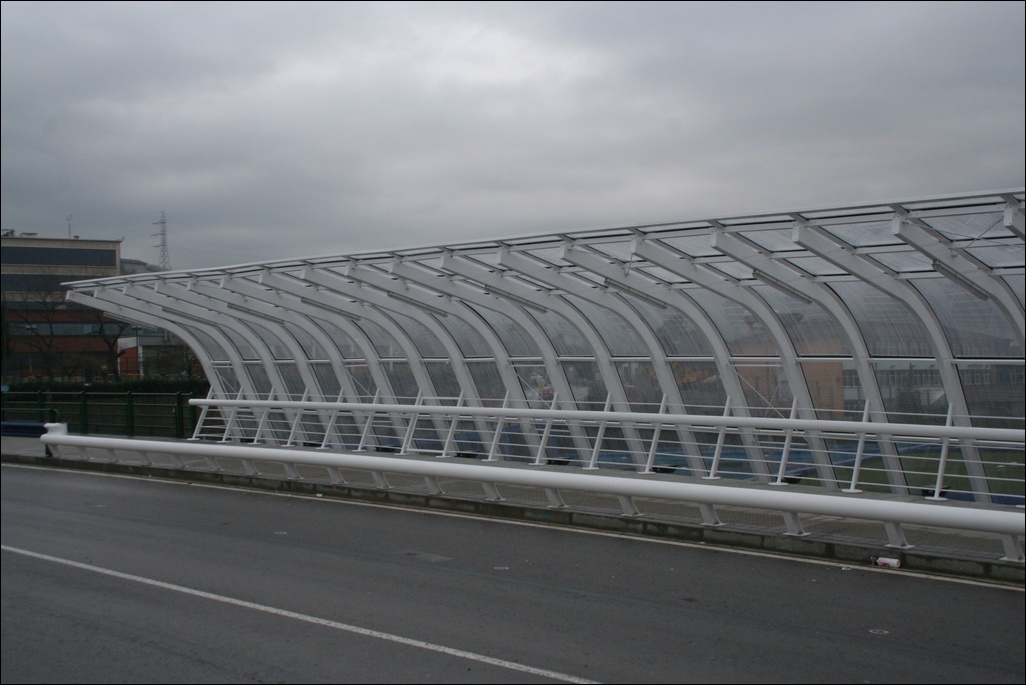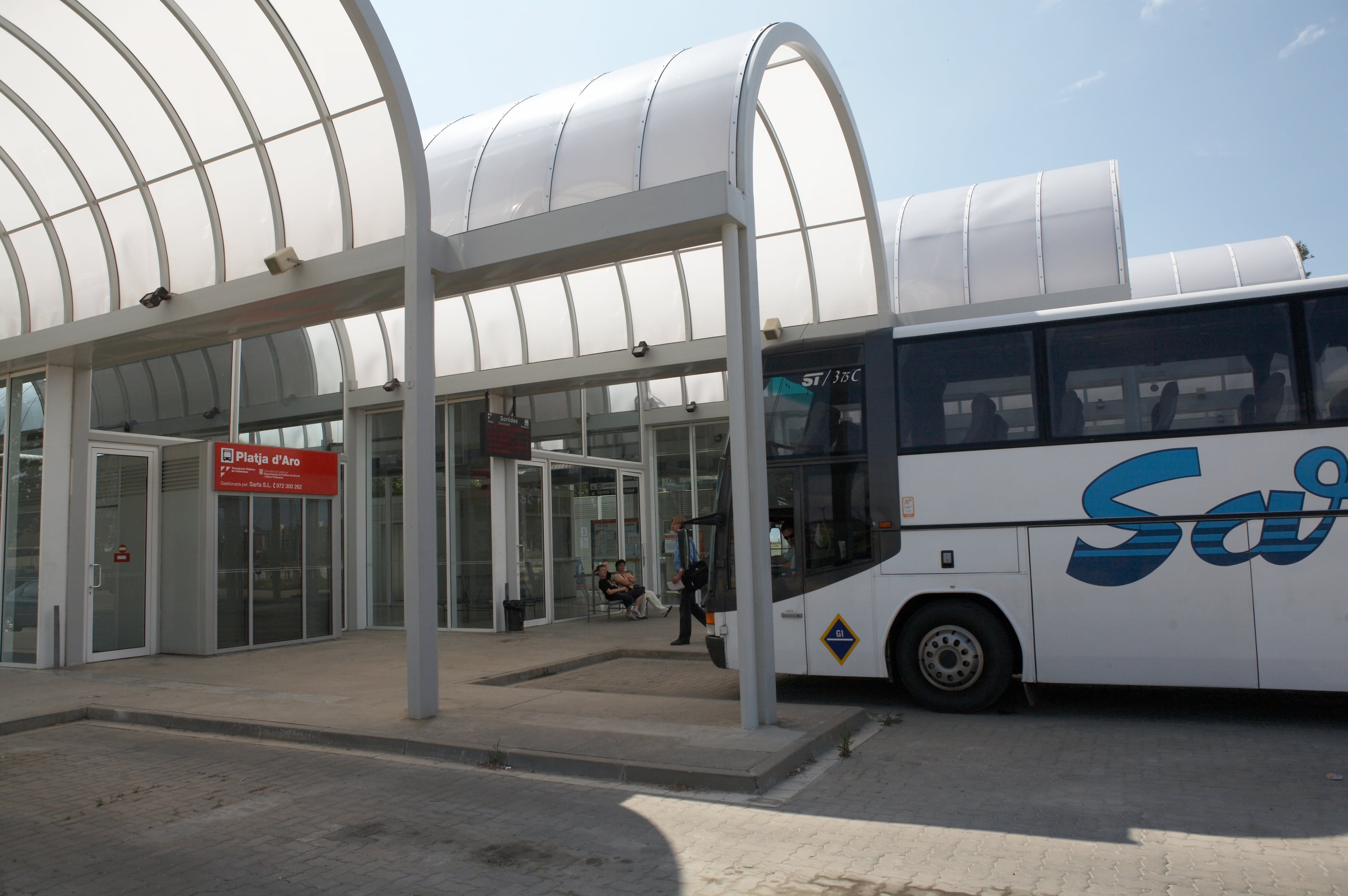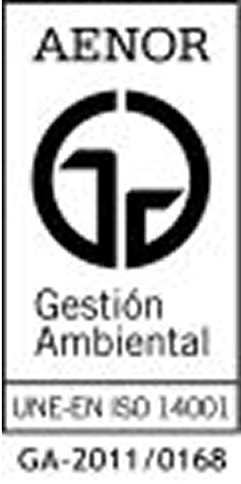Solid Polycarbonate - Corrugated and Profiled Sheets
Corrugated and profiled polycarbonate sheets

Corrugated and creased compact polycarbonate sheets, or LC, as we call them, are a good choice for solutions in the construction world, since they offer great resistance, high light transmission, flexibility, light weight, transparency, wide service temperature range, etc. LC is a material widely used for roofs, greenhouses, skylights and side lights, especially popular in the DIY sector. Among its many features and advantages, we can highlight:
-Impact resistance
-Transparency (up to 90% light transmission)
-Resistance to weather and UV, maintaining its properties for years
-Wide operating temperature range (from -50 ºC to + 120 ºC)
-Resistant to chemicals
-Light weight
-Easy to handle and install with common tools
-Good fire behavior (Bs1d0)
-Does not emit toxic gases when burned
-Guarantee against yellowing and loss of light transmission.
Main applications
-Greenhouses
-Gardens
-Architectural constructions
-Industrial complexes
-Public buildings
-Skylights
-Shelters
-Marquees (swimming pools, workshops, awnings, etc.)
-Separations
-Coverage of corridors and sidewalks
-DIY
-Porches and terraces
-Garages and workshops (parking roofs)
-Viewpoints and pergolas
-Solanas
-Outdoor recreation or family areas
For them, we have multiple profiles that adapt to different needs or different sheet metal profiles, these are the most used, but you can ask us about other possibilities.
For its correct installation, it is very important to take into account certain precautions such as resistance to loads, because despite the great resistance of polycarbonate, you should never walk directly on the plates.
Main assembly instructions
Transportation and storage: Long plates can be easily transported if they are rolled up (leaving a minimum diameter of 50 cm). The plates must be stacked horizontally with supports 1 m apart from each other. Protecting them from sun, rain and wind.
Drill: Holes larger than the corresponding bolts (with a difference of 2-3 mm) must be drilled with a clean drill bit for drilling metal.
Overlap: The channels will overlap following the direction of the wind, leaving 15 cm for the vertical overlaps.
Fixation: The ends of the LC plates must be fixed every two channels. In the middle of the plates, the fixings must be attached every four channels. EPDM or neoprene coated washers are used. The screws should not be tightened excessively, since the dilatation-contraction of the material must be taken into account.
Court: LC plates must be cut with a manual or fine-toothed reciprocating saw. The plates must be supported during sawing, to avoid vibrations that can cause breaks or bites.
Pending: The roof slope must be at least 10 cm per linear meter of roof.
Structure: LC plates should be supported with spacings of approximately 75 cm (in more moderate climates it would be possible to apply separations of 100 cm), but always adapted to local conditions.
Maximum length: Recommended Sealing: There is no need to seal on the overlaps of car sheds, patios, etc. If the structure has to be completely waterproof and windproof, a compatible silicone sealant is used.
Contact with other products: Care must be taken to ensure that LC plates do not come into contact with paints, incompatible sealants or aggressive solvents.
Curved LC installation: The plates should not bend excessively. When bending along the channels, a radius of at least 25 cm must be applied and 400 cm must be applied when curved against the channels.
Orientation: LC plates must always be installed with the surface protected against the weather facing out, so the identification band must not be removed until the installation has been completed.
Cleaning: No abrasive cleaners or solvents should be used, LC plates can be washed with mild soap and water. Images of installations with LC:
